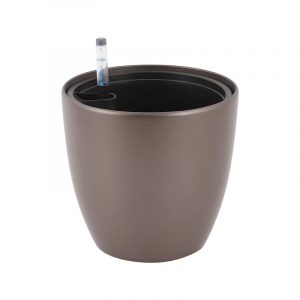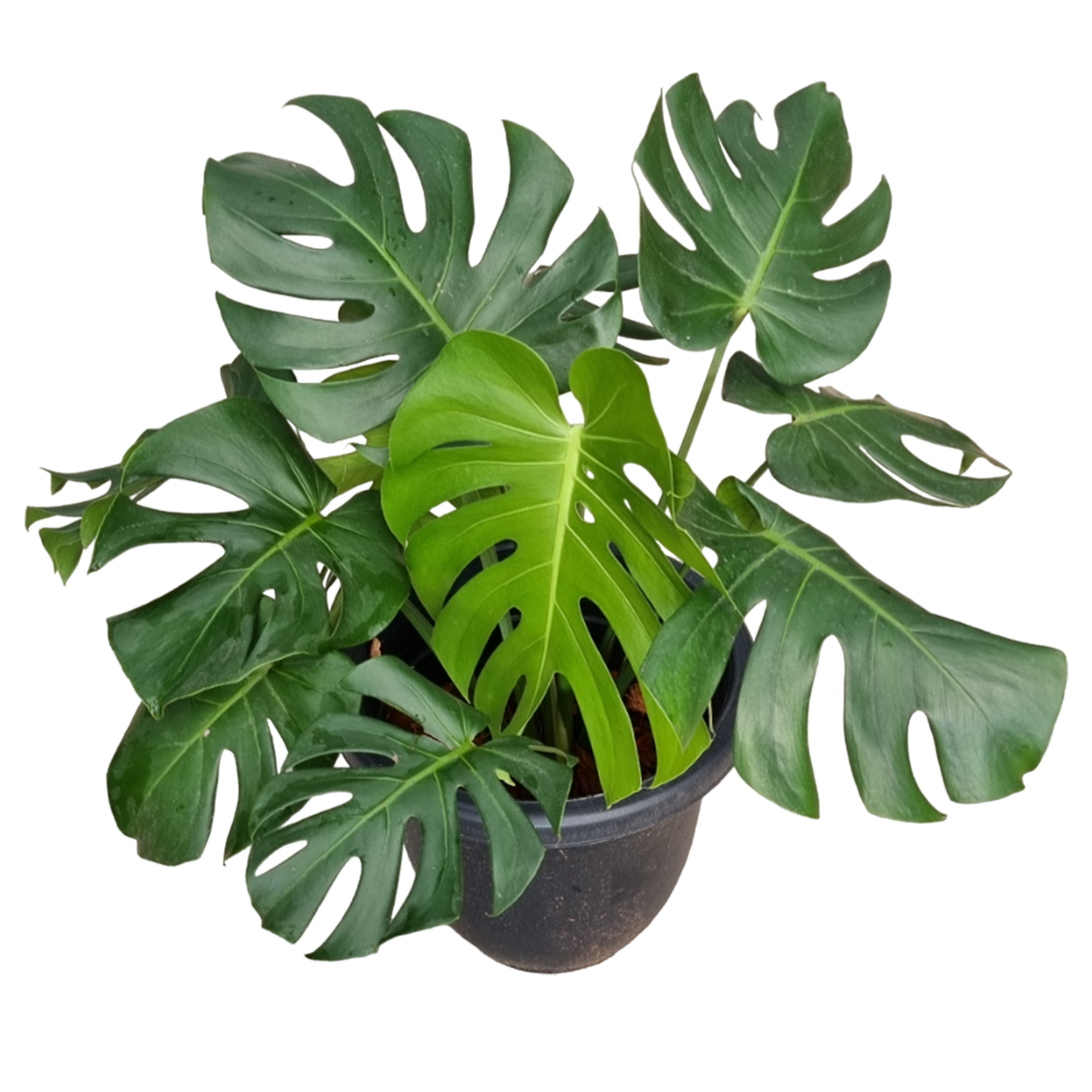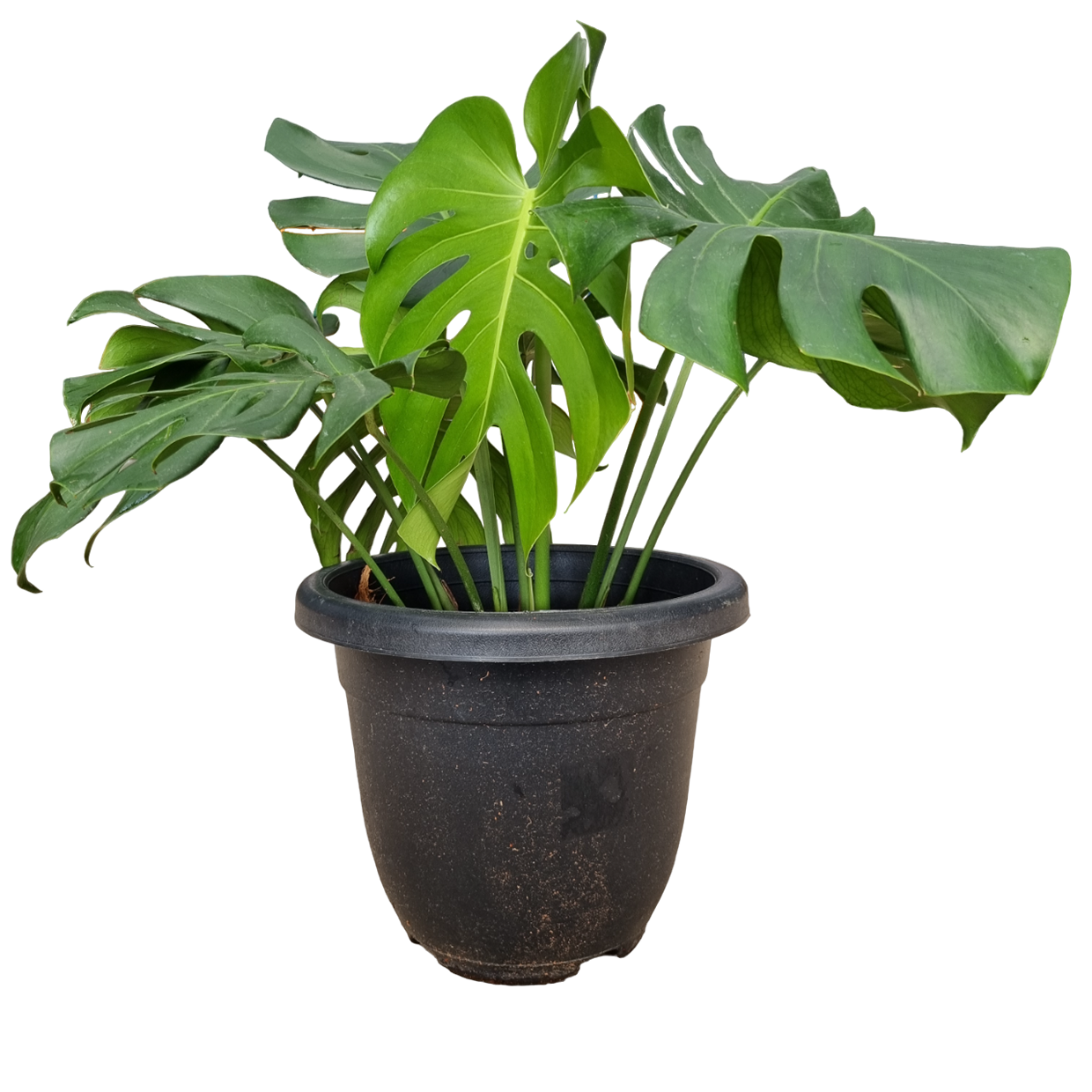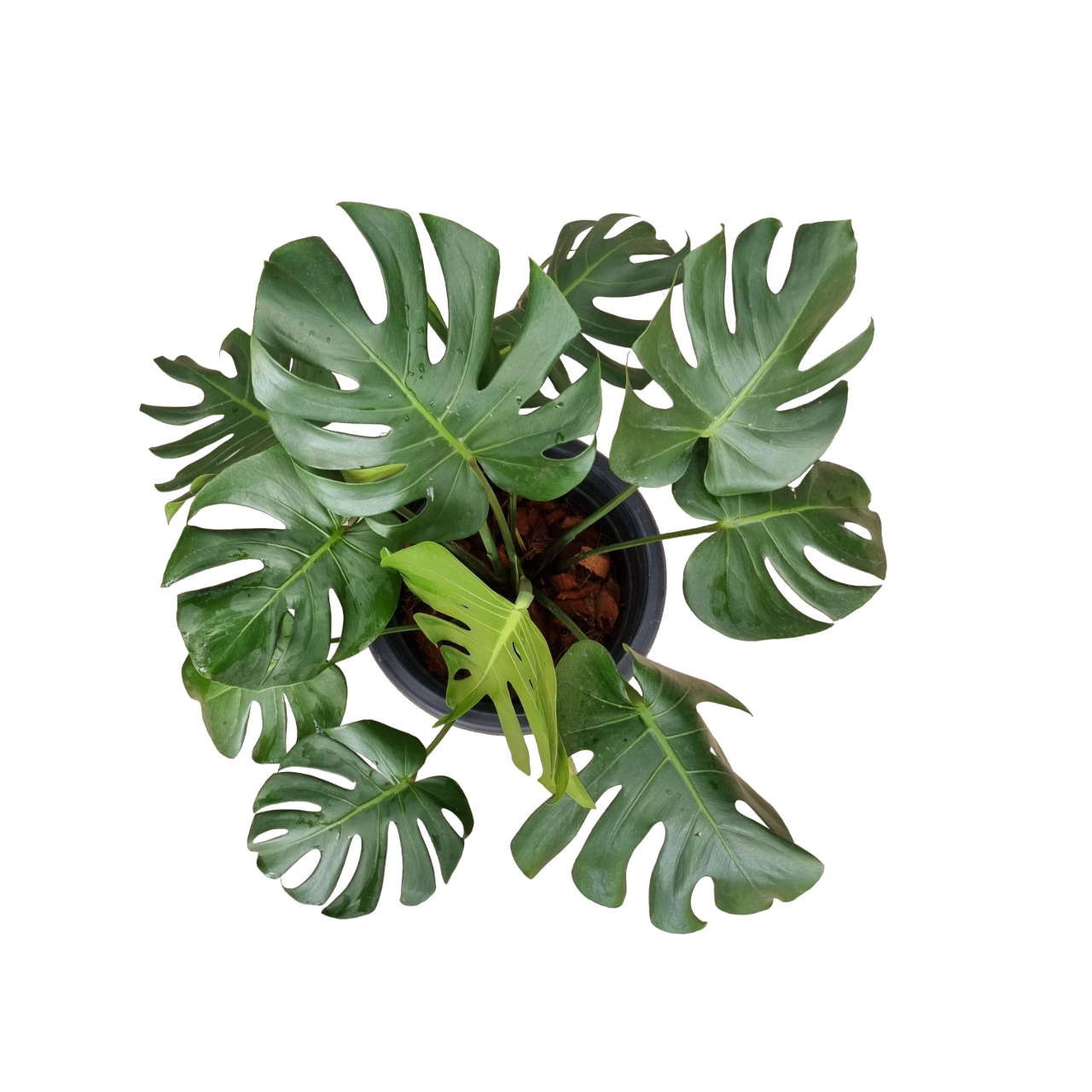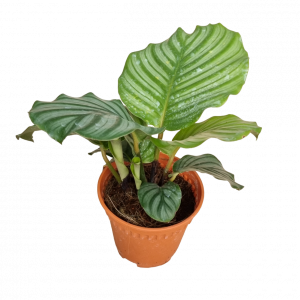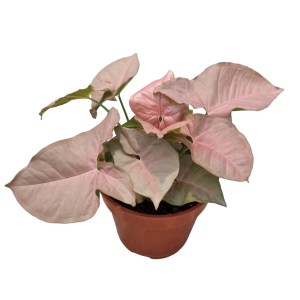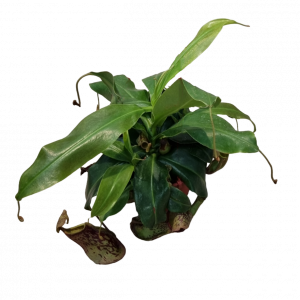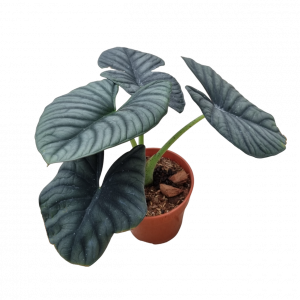Monstera deliciosa is a tropical evergreen vine native to
the rainforests of Central America. It is highly popular for its
distinctive, large, glossy green leaves that develop unique perforations
and splits as they mature. Monstera deliciosa is known for its ability
to thrive in a range of indoor and outdoor environments, making it an
excellent choice for both beginner and experienced gardeners. The plant
can grow quite large, producing long stems and dramatic foliage, which
adds a bold statement to any space.
Plant Care Guide:
Light: Monstera deliciosa
prefers bright, indirect light but can also adapt to lower light
conditions, though it may not grow as quickly or produce as many
perforated leaves. Direct sunlight should be avoided, as it can scorch
the leaves, especially during the hottest parts of the day. For optimal
growth, place the plant in a location where it receives filtered light
through a sheer curtain or light dappled shade.
Water:
This plant enjoys consistently moist soil, but like many tropical
plants, it does not tolerate soggy conditions. Water when the top 2–3 cm
of soil feels dry to the touch. Ensure thorough watering, so that water
flows out of the drainage holes, but avoid letting the plant sit in
standing water to prevent root rot. During the wetter months, reduce
watering to allow the soil to dry out slightly between waterings.
Soil: Monstera deliciosa
thrives in a well-draining, lightweight potting mix. A general-purpose
indoor potting soil with added perlite or bark will provide the
necessary drainage and airflow to the roots. This helps prevent
waterlogging and root rot, both of which can stunt the plant’s growth.
If growing outdoors, ensure the soil is well-draining and not prone to
becoming waterlogged after rain.
Fertilising: During the growing season, Monstera deliciosa
benefits from monthly feeding with a balanced, water-soluble fertiliser
(NPK 10-10-10). This helps support its vigorous growth and maintain
healthy foliage. Avoid over-fertilising, as this can lead to lush but
weak growth.
Common Pests: Monstera deliciosa
is generally pest-resistant but may occasionally attract pests like
aphids, mealybugs, spider mites, or scale insects. These pests can be
controlled by wiping the leaves with a damp cloth or treating the plant
with insecticidal soap or neem oil. Regularly check the undersides of
leaves and along the stems for signs of infestations, such as
discolouration or sticky residue.
General Care: Monstera deliciosa
is a hardy plant, but it will benefit from occasional pruning to
control its size and shape. If the plant becomes too large or unruly,
trim back the stems to encourage new growth and maintain a more compact
form. The plant can also be trained to climb by providing a moss pole or
trellis for support. As it matures, the plant may start producing
larger and more intricate leaves, especially if it has access to
vertical space and support.
Lighting: Bright Filtered Light
Watering: Water Moderately
Watering Frequency: When media is dry
Aphids: Aphids are tiny, pear-shaped insects that range in color from green to yellow to black. They feed on the sap of plants using their sharp, piercing mouthparts and can cause stunted growth, curling leaves, and other damage. They reproduce quickly and can form large colonies, making them a common pest in gardens and greenhouses..
Mealy bugs: Mealy bugs are small insects that feed on plant sap and can cause damage and transmit diseases. To control them, you can physically remove them, introduce natural enemies, or use insecticidal soap or neem oil. It’s important to monitor plants regularly and act quickly to prevent damage..
NATURALGRO Super Soilless Aroid Mix.
RYNAN Follamate 230 NPK 23-8-8-TE: Every 3 Months.

